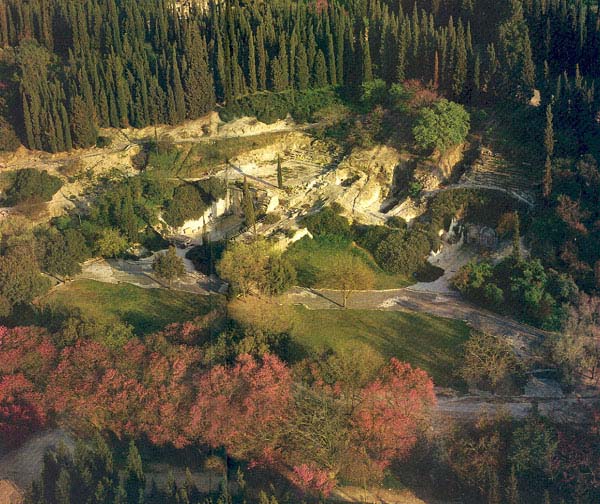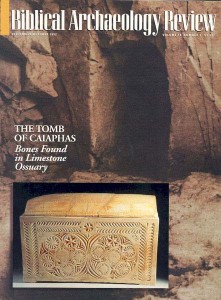Beth She’arim
Sidebar to: Jewish Funerary Inscriptions—Most Are in Greek
Vast underground Jewish burial caves demonstrate synergism of Greek art with Jewish tradition

Carved into the southern foothills of Lower Galilee, an immense necropolis served for almost two centuries—from the end of the second century C.E.—as a burial place for Jews from Israel and throughout the Diaspora. The honeycomb of burial caves occupied hills near the ancient town of Beth She’arim and on the slopes below the town. Twenty-seven catacombs were discovered during the years of systematic exploration of Beth She’arim.d
Within the labyrinths of the underground caverns were instances of the full range of Jewish burial practices in those times: arcosolia or arched niches cut into walls to receive a body or a coffin; loculi or kokhim, long, narrow niches where bodies or ossuaries were placed (ossuaries contained the bones of the deceased gathered together after the flesh had decomposed); pit graves dug into the floor; and elaborately decorated sarcophagi, freestanding within the spacious corridors of the caverns.
Already a library member? Log in here.
Institution user? Log in with your IP address.

